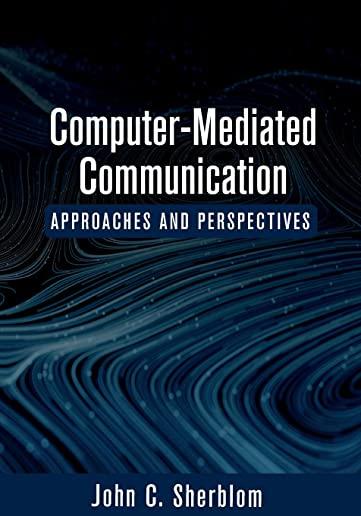
Computer-mediated communication (CMC) is one of the most exciting areas of study in the communication discipline today. Computer technology is rapidly changing the way we communicate, allowing us to simultaneously be both connected and mobile. This connected mobility changes not only our communication ability but our relational expectations as well.
Participating in CMC through texting, tweeting, Snapchat, email, FaceTime, social media, or video-conferencing is unavoidable in the 21st century. Computer-Mediated Communication: Approaches and Perspectives describes five approaches and multiple perspectives on the influences of this technologically-mediated communication on interpersonal and social relationships.
The five approaches examine the constraints, experience, language, opportunities, and implications of CMC. The book develops these approaches through the perspectives of media richness, naturalness, affordances, domestication, presence, social presence, propinquity, social information processing, hyperpersonal relationships, social identity model of deindividuation effects, virtual identities, virtual networks and teams, virtual communities, the Proteus effect, actor networks, and media niches.
The book develops each perspective through a description, illustration, critique, and analysis of usefulness. Each chapter contains a computer-mediated communication ethics challenge, discussion questions, glossary of terms, and references for further reading. As such, Computer-Mediated Communication is an excellent textbook for courses in computer or technologically mediated communication.
John C. Sherblom is a professor emeritus of communication and journalism at the University of Maine. He is past editor of The Journal of Business Communication and of Communication Research Reports. He has published numerous refereed journal articles on computer-mediated communication and interpersonal communication.







